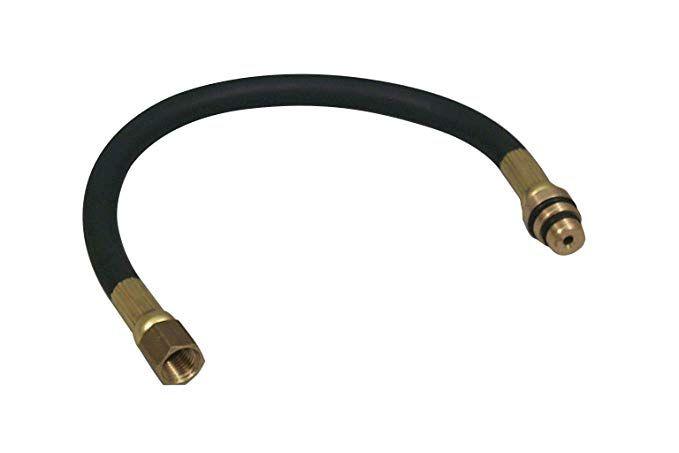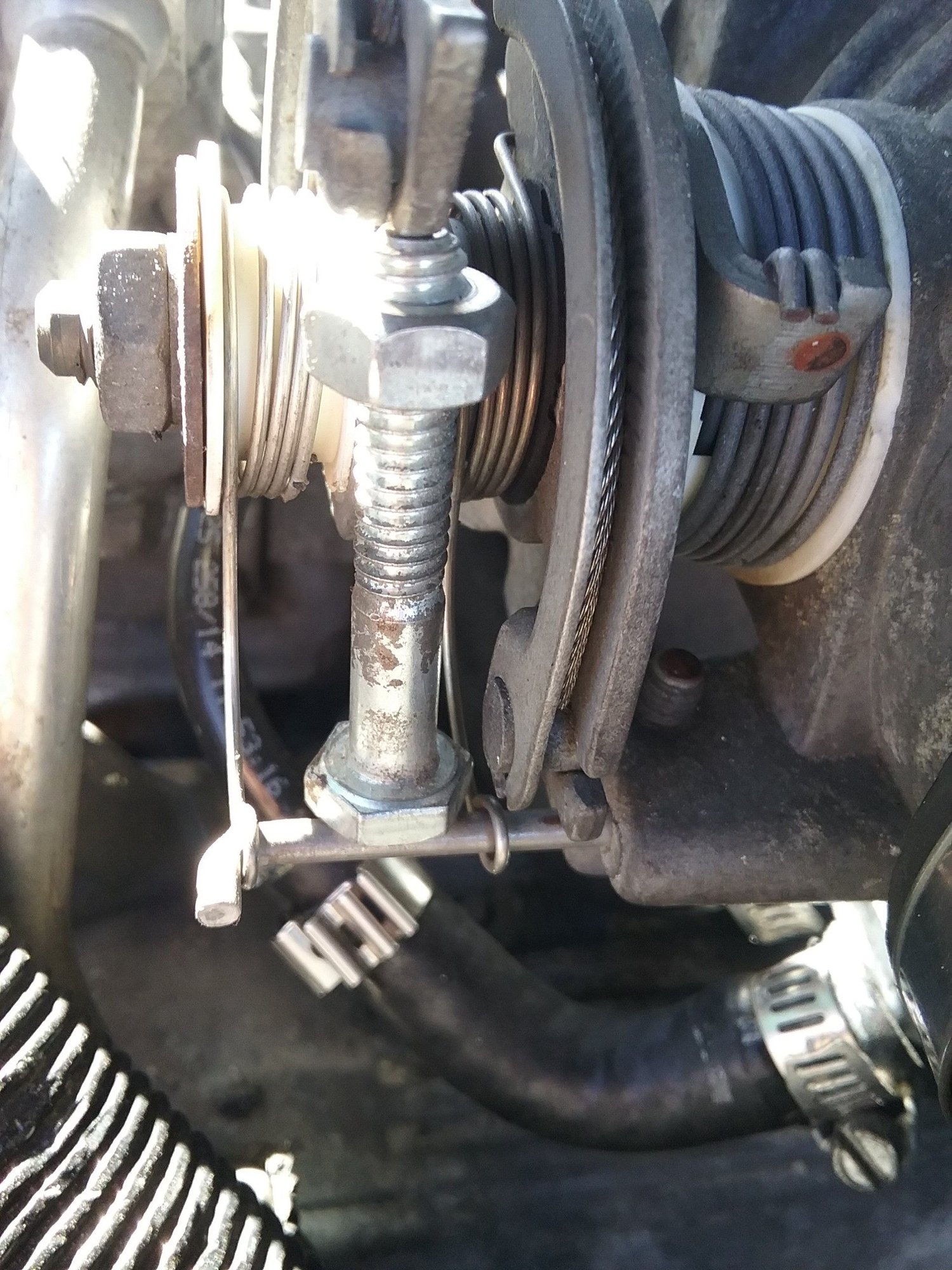Need Help with Compression Test Results
#11

My valve seal replacement hose is a Lisle 19700, but I think your leak down test kit will have the same type hose, just with gauges. I have not looked to see if there are in fact timing marks on the balancer. If not, you will likely have to pull the valve covers to determine when the valves are both closed for the cylinder you are testing.
#12
Iím starting to strip off the top of the engine and have swung the AC compressor out of the way. Iím about to remove the intake manifold and am wondering if there is anything I need to to any further diagnostics.
At this his it seems like itís a leak down test and the inevitable removal of the heads to either fix a valve issue and of course do the head gaskets as well.
last time I did everything in then car and neglected to do the rear main seal, which of course is leaking, should I just pull the block out and work on it on a stand, or is there an easier way to do the rear of the engine?
At this his it seems like itís a leak down test and the inevitable removal of the heads to either fix a valve issue and of course do the head gaskets as well.
last time I did everything in then car and neglected to do the rear main seal, which of course is leaking, should I just pull the block out and work on it on a stand, or is there an easier way to do the rear of the engine?
#13
#14
was just reading about that, thanks for the tip, apparently the bearings need replacing as well if you do that job... uhg, no thanks....
#15
#16
#17
The following users liked this post:
Lisa Bunch (03-20-2019)
#19
The following users liked this post:
shanechevelle (03-21-2019)
#20
Iím back at it now so I thought I would update the thread.
When I took the valve covers off and the valley gasket off I noticed a few issues right off the bat:
1: the rockers for cylinder 6 were not in contact with the rods. I could rattle around the rods in the rocker cups. It looks like the valves were being prevented from coming back up to a closed position which prevented the rockers from maintaining contact with the push rods. Both rocker Ďcupsí were damaged and widened by erratically striking the push rod tops. The push rods seemed undamaged at the top, but had some damage on the bottom lobes. The two lifters had the upper caps pushed down a 1/4 inch, unlike any others.
2: for both cylinder 2 and 4 one of the lifters had a broken retaining clip for the little cap, and the rods had pushed the caps aside. Iím not sure exactly how they were working, but it would seem as though the push rods were being driven up and down by the bottom of the lifter rather than the hydraulic cap at the top. The push rods were damaged on the bottom lobes from erratic striking.
3: when I removed the rocker bar on the passenger side of the engine, the valves in cylinder 6 seemed to reseat themselves like the rest, and no longer seemed Ďstuckí open. I have no idea what that would be.
4: when I removed the heads from both sides, the driver side gasket seemed fine enough, but the passenger side was completely blown out the side of the block for both cylinders 4 and 6! Number six had a chunk bigger than an inch completely missing. Both cylinders were venting directly out onto the exhaust manifold. None of the cylinders appeared to be Ďwashedí, though one of the head bolts appeared to be Ďrustyí, the top one between cylinder 2 and 4.
Any thoughts so far?
When I took the valve covers off and the valley gasket off I noticed a few issues right off the bat:
1: the rockers for cylinder 6 were not in contact with the rods. I could rattle around the rods in the rocker cups. It looks like the valves were being prevented from coming back up to a closed position which prevented the rockers from maintaining contact with the push rods. Both rocker Ďcupsí were damaged and widened by erratically striking the push rod tops. The push rods seemed undamaged at the top, but had some damage on the bottom lobes. The two lifters had the upper caps pushed down a 1/4 inch, unlike any others.
2: for both cylinder 2 and 4 one of the lifters had a broken retaining clip for the little cap, and the rods had pushed the caps aside. Iím not sure exactly how they were working, but it would seem as though the push rods were being driven up and down by the bottom of the lifter rather than the hydraulic cap at the top. The push rods were damaged on the bottom lobes from erratic striking.
3: when I removed the rocker bar on the passenger side of the engine, the valves in cylinder 6 seemed to reseat themselves like the rest, and no longer seemed Ďstuckí open. I have no idea what that would be.
4: when I removed the heads from both sides, the driver side gasket seemed fine enough, but the passenger side was completely blown out the side of the block for both cylinders 4 and 6! Number six had a chunk bigger than an inch completely missing. Both cylinders were venting directly out onto the exhaust manifold. None of the cylinders appeared to be Ďwashedí, though one of the head bolts appeared to be Ďrustyí, the top one between cylinder 2 and 4.
Any thoughts so far?



